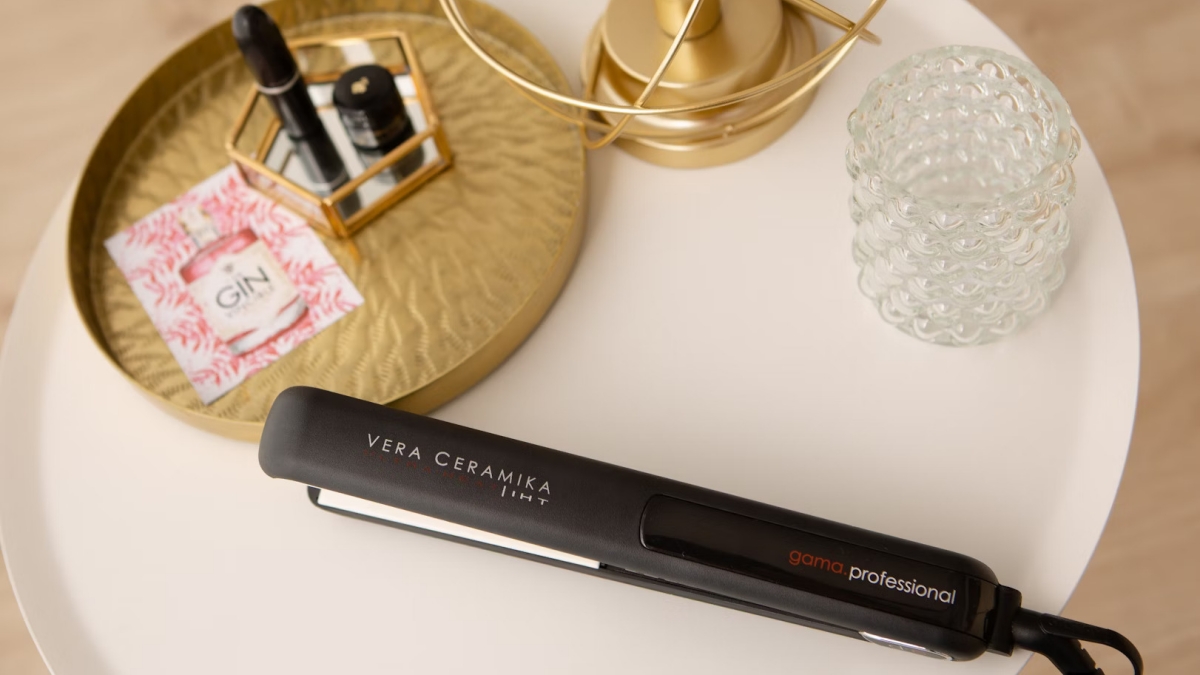
For millions of women worldwide, hair straighteners have become an indispensable tool in their beauty arsenal. But what if this seemingly harmless styling habit came with a hidden cost?
In recent years, several complaints have uncovered a disturbing link between hair straighteners and an increased risk of certain cancers. The hair straightener scandal has highlighted a glaring issue within the beauty industry: prioritizing profits over consumer safety.
As evidence mounts about the potential carcinogenic effects of hair straighteners, it’s clear that the industry must take this risk seriously and take action to protect the health of its customers.
In this blog post, we will delve into four compelling reasons why the beauty industry cannot afford to ignore the cancer risk associated with hair straighteners.
Table of Contents
The Alarming Scientific Evidence
Recent scientific studies have uncovered a disturbing connection between hair straighteners and an increased risk of cancer, particularly among women.
The National Institute of Environmental Health Sciences (NIEHS) embarked on a profound journey known as the “Sister Study,” delving deep into the lives of women to uncover the hidden risk factors lurking behind the shadows of breast cancer.
The study lasted over a decade and included more than 33,000 U.S. women in the age group of 35-74. Released in October 2022, the findings unveiled a harrowing truth: women who frequented hair straightening products more than four times annually faced a staggering reality. Their risk of uterine cancer soared to over twice that of those who abstained from such products.
The researchers behind this study suggest that the chemicals present in hair straighteners may be to blame for this increased cancer risk.
According to TorHoerman Law, many hair straighteners contain formaldehyde. When heated, hair straighteners can release formaldehyde gas, which can be inhaled or absorbed through the skin, potentially leading to DNA damage and cancer-causing mutations.
Another concerning chemical found in some hair straighteners and products is benzene, a known carcinogen that has been linked to an increased risk of leukemia and other blood cancers. The Food and Drug Administration has set the permissible levels of benzene in any product at two parts per million (ppm).
An independent laboratory, Valisure, tested 148 products from 34 hair brands, which included those under L’Oreal and Johnson & Johnson. Its analysis discovered that 11 brands marketed dry shampoos with benzene levels exceeding 2 ppm. Not Your Mother’s sold dry shampoos with benzene levels 10 times higher than the recommended level.
The growing body of scientific evidence linking hair straighteners to cancer cannot be ignored and warrants serious attention from both consumers and the beauty industry alike.
Widespread Use and Lack of Regulation
Hair straighteners have always been very popular, with millions of women worldwide relying on these tools to achieve sleek, smooth hairstyles. The worldwide market for hair straighteners was valued at $587.9 million in 2022 and is projected to reach $759.9 million by 2028.
The beauty industry largely operates without strict regulations regarding product safety. In the United States, the Food and Drug Administration (FDA) lacks the power to approve or review cosmetic products before their release on the market.
Consequently, the industry is expected to self-regulate, with companies shouldering the responsibility of ensuring their products are safe for consumers. This absence of regulatory oversight has resulted in a worrisome deficiency of transparency and accountability within the beauty industry.
This allows market leaders like L’Oreal to misbrand their products and undermine the health risks. If you, or anyone you know, have suffered serious health issues after the prolonged use of hair straighteners, you can file a chemical hair straightener lawsuit.
The Human Cost: Long-Term Health Consequences
The potential long-term health consequences of cancer caused by hair straighteners are devastating and far-reaching. Women who develop cancer as a result of using these products may face a long and difficult battle, involving painful treatments, surgeries, and a reduced quality of life.
Rugieyatu Bhonopha, 39, took legal action against L’Oreal following her hysterectomy due to a uterine cancer diagnosis. “It’s devastating to realize you’re battling fibroids, enduring pregnancy loss,” Bhonopha lamented. “And to think all this time, we had no clue these products could be harmful. If only we had known, we wouldn’t have exposed ourselves to such dangers.”
Bhonopha’s story is just one of countless others, highlighting the real human cost behind the hair straightener scandal.
Apart from enduring physical agony, cancer patients often grapple with overwhelming financial strains, including the hefty expenses of medical treatments, the loss of income due to the inability to work, and the daunting accumulation of debt.
The stress and anxiety of a cancer diagnosis can also take a heavy emotional toll, straining relationships and leaving families struggling to cope.
With companies failing to prioritize consumer safety and address the cancer risk associated with hair straighteners, the beauty industry is placing an unacceptable burden on the lives of countless women and their loved ones.
The Ethical Responsibility Of The Beauty Industry
The beauty industry has a moral obligation to prioritize the safety and well-being of its consumers above all else. Beauty companies must ensure that their products are safe and free from harmful chemicals that could cause long-term health consequences, like cancer.
Exposing consumers to these risks is a violation of the trust that people place in these companies and the products they use.
The industry also faces significant legal and financial consequences for ignoring the cancer risk associated with hair straighteners. As more women come forward with stories of cancer diagnoses linked to these products, the industry is likely to face a wave of chemical hair straightener lawsuits, seeking to hold companies accountable for their failure to warn consumers about the risks.
To regain the trust of consumers, the beauty industry must embrace increased transparency and accountability, conducting thorough safety testing, disclosing potential risks, removing harmful chemicals, and being open and honest with consumers about their commitment to safety.